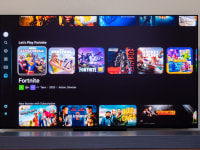How long should your TV last?
It should last longer than you think, but not as long you'd like.
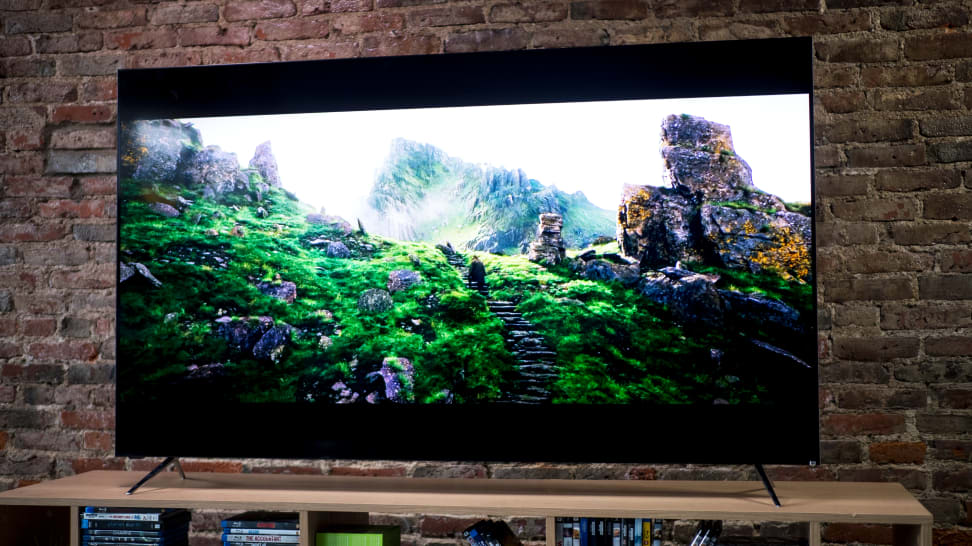 Credit:
Reviewed / Jackson Ruckar
Credit:
Reviewed / Jackson Ruckar
Products are chosen independently by our editors. Purchases made through our links may earn us a commission.
Maybe you just bought a new TV, or perhaps your old TV is finally showing some signs of strain. In either case, it’s understandable to ask yourself just how long the centerpiece of your living room is going to last.
We've all heard stories of the boxy Zenith in grandma's basement that can still produce a grainy picture after 20 years. But will an LED TV you buy right now last that long? What about an OLED TV? We've done our homework—and a lot of hands-on testing—to help give you an idea.
How long should an LED TV last?
Let's say you purchased one of our favorite budget-friendly TVs: the TCL Q6.
From a component standpoint, this TV features a lot of parts, but generally, the LEDs in its backlight are probably going to fail first. The average lifespan of an LED at maximum or close-to-maximum brightness is 40,000 to 60,000 hours, or roughly 4.5 to 6.8 years. If you aren’t watching TV for 24 hours a day (and I hope you’re not), an LED TV like the Q6 could last around 13 years, provided none of the other components fail beforehand.
But that’s a pretty big “if.” Nearly every TV available today is a smart TV that runs on an operating system. Like most software, your TV’s operating system needs regular maintenance in the form of firmware updates. Eventually, a manufacturer might stop supporting, say, one of its mid-range TVs from five years ago. After all, it’s been five years and the company is focusing on supporting its newer TVs instead.
The quality of a TV’s software and the frequency of its firmware updates depends entirely on the TV brand. This, along with the likelihood of receiving better quality hardware components, is one of the reasons we recommend buying a TV from a major, reputable brand.
In any event, even if you limit yourself to eight hours of TV a day and manage to keep the LEDs in good condition, your TV might begin to falter at the six- or seven-year mark.
Is that long enough? It depends on the cost of the TV and how avidly you want to keep up with technology. Where TV tech is concerned, five to seven years is basically a lifetime. For example, seven years ago, a 50-inch full-HD TV would run you around $800. Nowadays, you can get a 55-inch, 4K/HDR TV for under $500.
Additionally, you might find certain advancements in TV tech are too good to pass up, especially if you’re an A/V enthusiast or a dedicated gamer. The Xbox Series X and PlayStation 5, for instance, support features that weren’t even available on most TVs a mere six or seven years ago. And even if you’re not a gamer, you'll probably want to replace your TV with something bigger and better before it finally kicks the bucket.
That said, if you want to make sure your TV lasts as long as possible, there’s an easy way to keep it in good working condition.
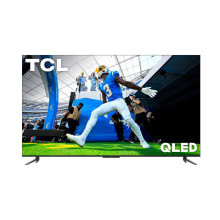
How can I increase an LED TV's lifespan?

A TV's picture mode can impact how content looks, but also how long the TV lasts.
This is simple: The LEDs last five to seven years at maximum brightness, so if you want to increase that lifespan, just turn the backlight down!
When they're first set up out of the box in your living room, TVs are usually in Standard or Energy Saving mode, both of which generally don't look as good to people as Vivid, Dynamic, or Movie mode.
But the reason Vivid or Dynamic mode generally look better to people is because it's a preset that maxes out the TV's Backlight and Contrast settings, making it brighter and perceptively more colorful. Unfortunately, not only does that mode tend to obscure picture details and tire your eyes out, it wears out the LEDs in the TV more quickly.
So even if you don't want to change the picture mode to something more accurate (like Movie mode or Filmmaker mode), you should turn the backlight down to 75% or less. Your TV will look dimmer and less impressive at first, but your eyes will get used to it after a day or so. And at lower backlight settings, LEDs can last as long as 100,000 hours, or over ten years. As mentioned above, you’ll probably want to replace your TV well before the ten-year mark, but reducing the backlight should nevertheless keep it in good shape until that day arrives.
To learn more about how your TV’s picture presets affect the viewing experience, check out our guide about how to pick the perfect picture preset for everything you watch.
What if I have an OLED TV?
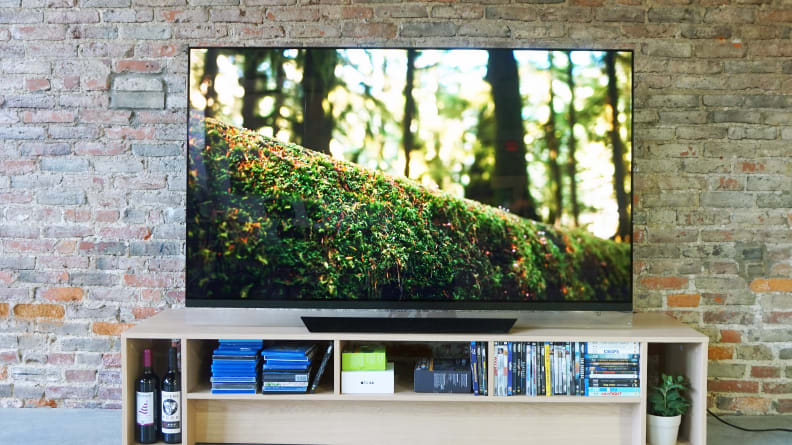
OLED, which stands for "organic light emitting diode," is a relatively new display technology whose hardware is more advanced than traditional LED TVs. For one thing, OLED TVs don’t rely on an elaborate LED backlight system. Instead, the pixels within the display are self-illuminating, allowing for greater contrast and thinner panels (among other benefits).
According to LG—one of the leading manufacturers of OLED panels in the world—while OLED panels lose brightness over time, it’ll take a whopping 54 years before they fall to 50% brightness. You're obviously never going to own a TV for 54 years, and the tech hasn't been around long enough for anyone to test that claim.
That said, your OLED TV will certainly last longer if you don't have it at maximum brightness all the time. Because they don’t have a traditional backlight, OLED TVs don't have a dedicated backlight setting. Nevertheless, their maximum output can still be lowered if you know where to look in the settings menu. On the LG C3, one of our favorite OLED TVs, this setting is called OLED Pixel Brightness.
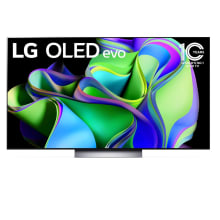
The LG C3 is one of the best OLED TVs you can buy.
Should I worry about OLED burn-in?
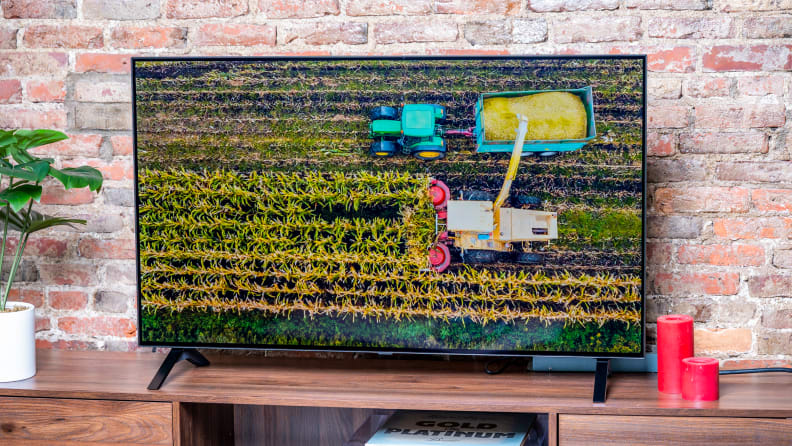
Unless you repeatedly display a static image on your OLED for very long stretches of time, burn-in will probably not be an issue.
Sometimes used interchangeably, "burn-in" and "image retention" are two potential problems often associated with OLED displays. While similar, it’s important to understand the difference between these two.
Image retention refers to any image that "sticks" on a screen, even after the content changes. It usually appears as a faint ghost, and with most TVs, this fades after a moment or two. Burn-in, on the other hand, is a form of image retention that lasts much longer, typically visible even after switching over to a different movie or TV show. It’s caused by leaving a static image on a screen for a long period of time.
Both terms have haunted conversations about OLED TVs since the display technology was first introduced, but the truth is that there's not much to worry about.
When it comes to most contemporary OLED TVs, image retention and burn-in are only risks during extreme circumstances. For instance, our lab tests indicated that long-term OLED burn-in was only a risk if a static image was displayed on for well over 20 hours, and most minor image retention issues seemed to go away with time.
For most people, image retention and burn-in shouldn’t be a major concern. We've spent hundreds of hours working with OLED televisions, and burn-in doesn't appear to be a problem if you're a typical user.
Image retention may be an issue when you first begin using your OLED TV, but it gets better with time. It's only visible under extreme circumstances, and it doesn't appear to be permanent. If you do experience image retention on an OLED, simply turn the TV off for five to ten minutes before turning it back on.
Even right out of the box, long-term burn-in is not likely if you're using your OLED TV like a normal TV. To get permanent damage, you'd need to keep an image on the screen for well over 24 hours straight. This might be a concern for airports or sports bars, but otherwise there's nothing to worry about. In any case, most OLEDs have a shut-off timer to protect them, and most source devices use screensavers or dimming functions to reduce the damage.
To learn more, check out our guide to preventing OLED burn-in, which includes tips for LG, Sony, and Samsung OLED TVs.


